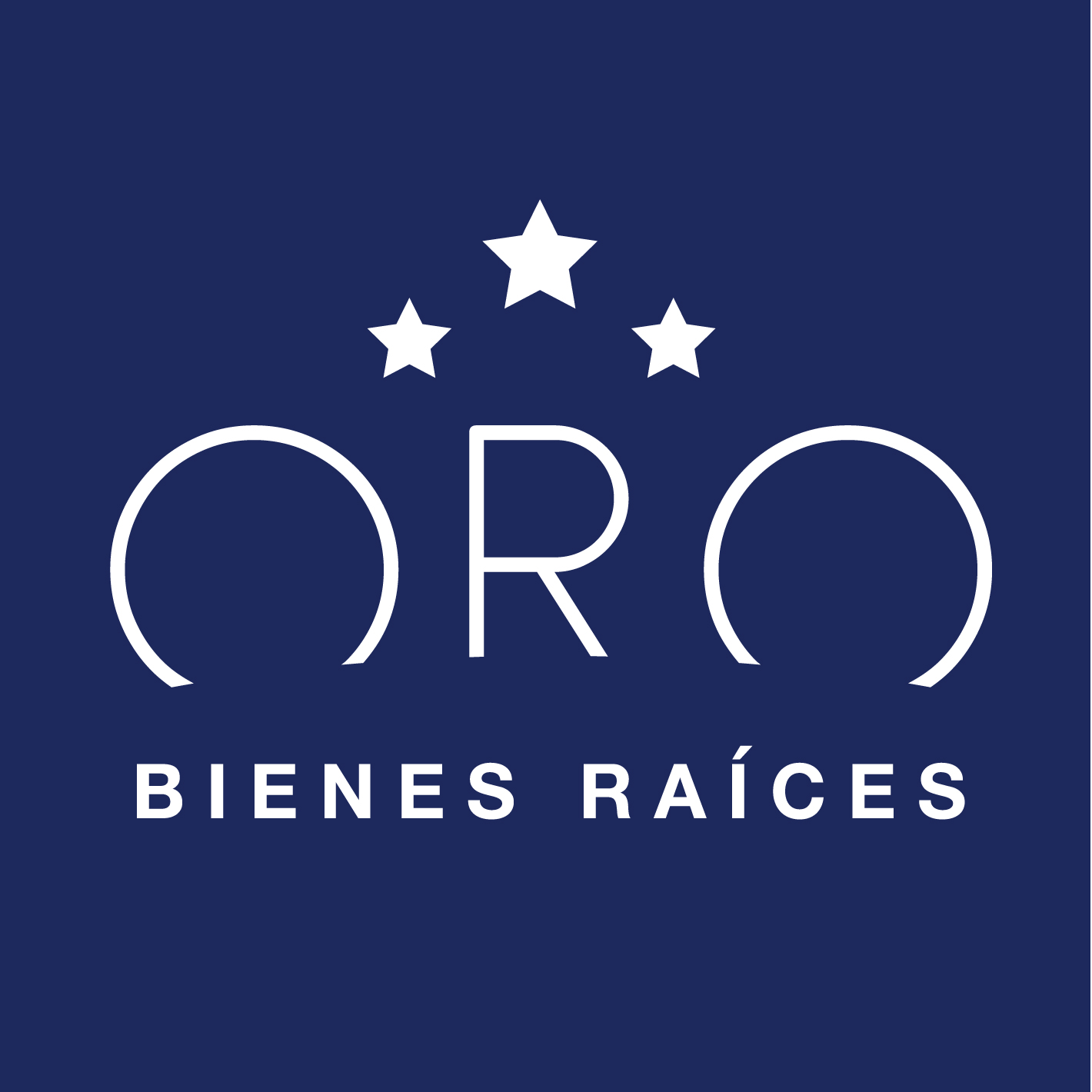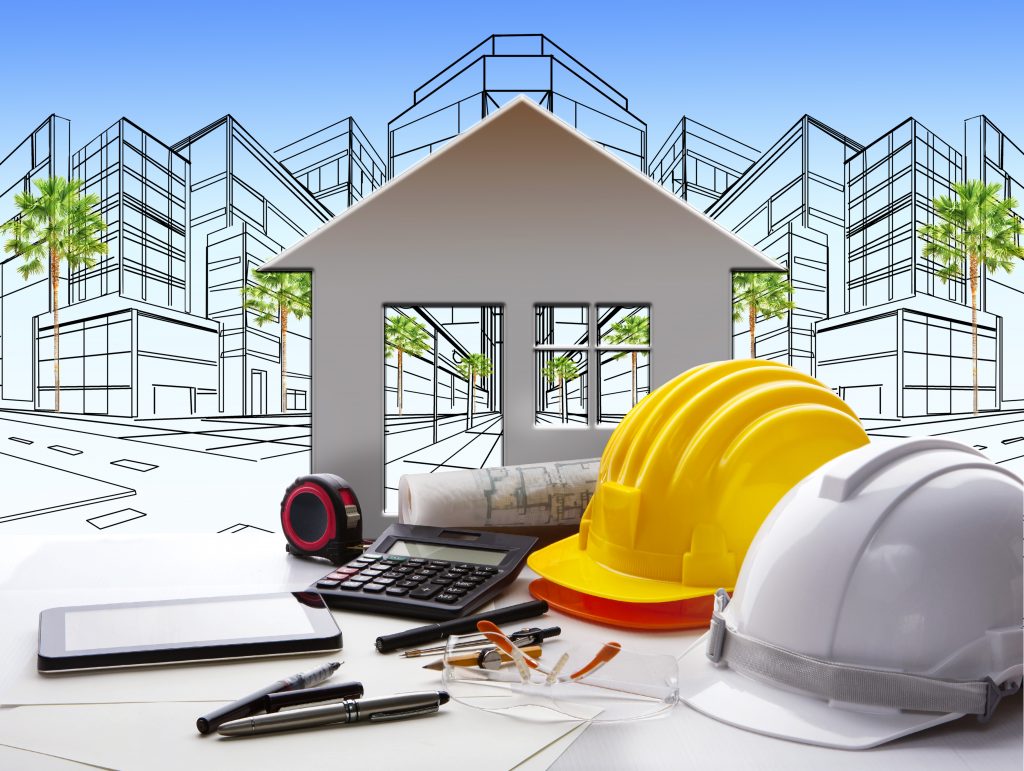Taking advantage of elements such as ventilation and sunlight is essential.
Building a home that minimizes the impact on the environment and at the same time generates some of the resources it requires for its operation, is a trend that is gradually gaining strength.
Awareness of the negative impact that humanity has generated on the environment and the sense of commitment to reduce the carbon footprint, has made many immobiliary companies, families and individuals, seek to develop eco-friendly housing models.
A key aspect for the construction of an ecological house is the climatic conditions, and therefore the greater energy use according to the conditions of the land, there is also a whole series of complementary actions that will help to generate less impact.
Carlos Madrigal, Architect of Insitu Solutions explains that, although the orientation of the house and the distribution of the rooms can be determined according to the solar chart – which allows to know what the angle of the sun is on the ground – to achieve it is required of a large lot without many limitations. “In Costa Rica, most of the land within the GAM already has a pre-established distribution and in most cases there is not enough space to choose the position of the facade and the entrance of light. Many of the houses are attached to others houses and there you lose that benefit. “
However, the expert explains that there are many other practices that can be implemented to achieve the objective of designing and building in harmony with nature.
The large windows for the use of light and ventilation, as well as the incorporation of plants that fill with oxygen and purify the home air are part of the possibilities.
Use of sustainable materials From the design stage it is important to take into account the factors that will minimize the impact of the construction. “The commitment starts from buying the materials in a nearby place to avoid large transfers and thus reduce the use of gasoline and therefore carbon footprints,” shares Madrigal
It is important to incorporate recycled materials, as well as those renewable natural materials such as Bamboo or wood that come from sustainably managed plantations.
In addition, it is essential to take into account that those materials with long durability such as cement, stone and brick, are more ecological because they are not transformed into waste.
Use of clean energies The use of renewable energy to meet the needs of the home is one of the techniques that are most implemented in residential green design.
Photovoltaic solar energy through solar panels is already implemented in various projects in the country. Luis Diego Espinoza, Commercial Manager of M&J Inmobiliaria, explains that this type of energy generation offers many benefits. “The panels not only help the environment, but also users perceive a great economic benefit that is reflected in their electricity bills,” he says.
Espinoza explains that, in the last stage of Floresta, one of the residential projects developed by the company, all housing solutions have this system for water heating. In addition, other types of energy such as geothermal, biofuel or wind can be incorporated.
Good practices inside the home Espinoza also explains that an environmentally friendly house is not only limited to the materials with which it is built or the energy generators that are implemented, but also recommends incorporating good habits that complement the initiative. “When it is built with sustainable lineaminets and certificates that support it, not only are the keys to a house delivered, but the customer is also encouraged to implement good practices,” he adds.
One of the most important practices for sustainability is to reduce, recycle and reuse in order to optimize resources.
Take advantage of daylight, take care of the water resource, use LED lights, and produce some of the food through an organic garden for own consumption are part of the possibilities.
According to experts, the market also offers different certifications, such as LEED that validate all these initiatives and that motivate users to continue with a lifestyle according to the design of the home.








